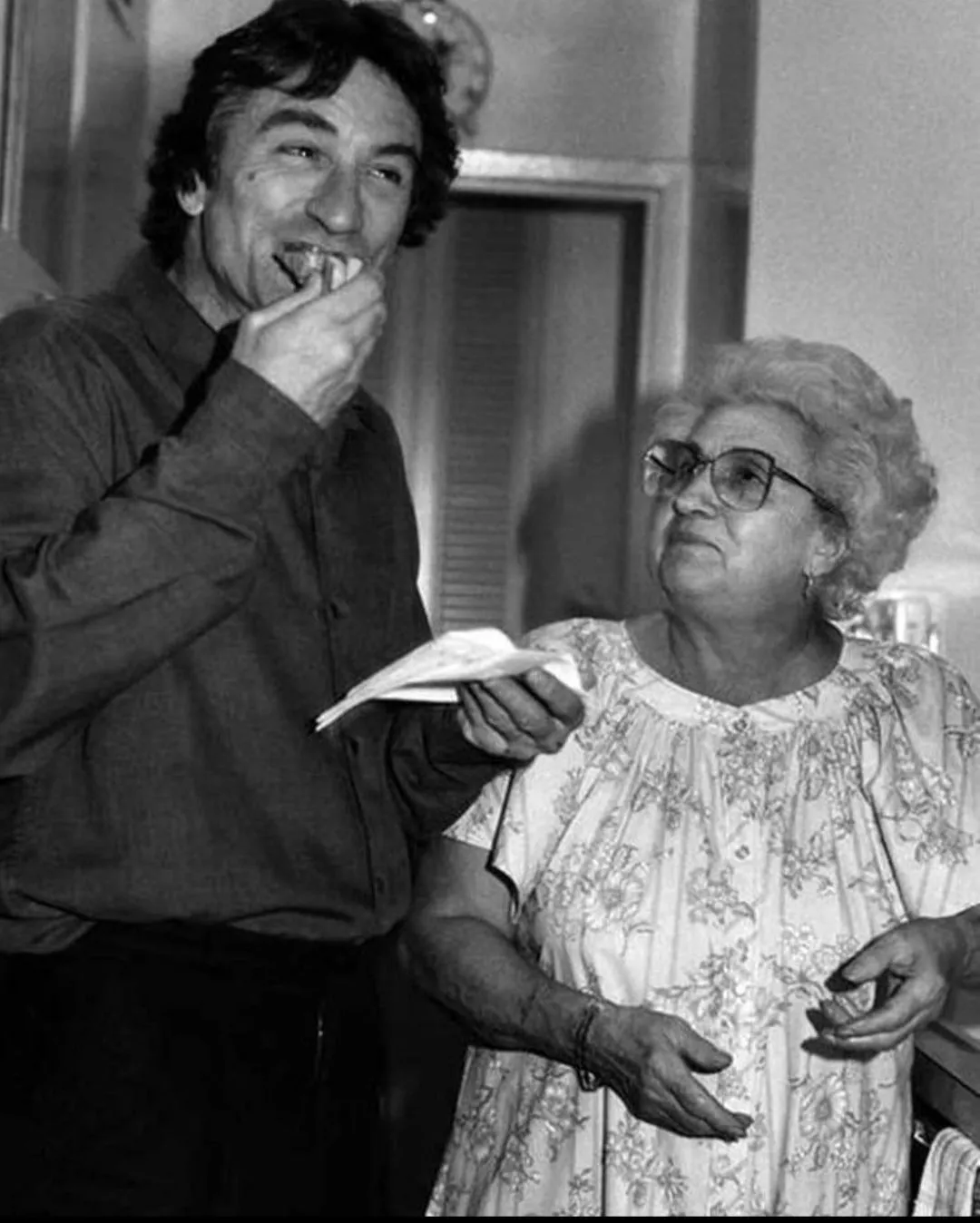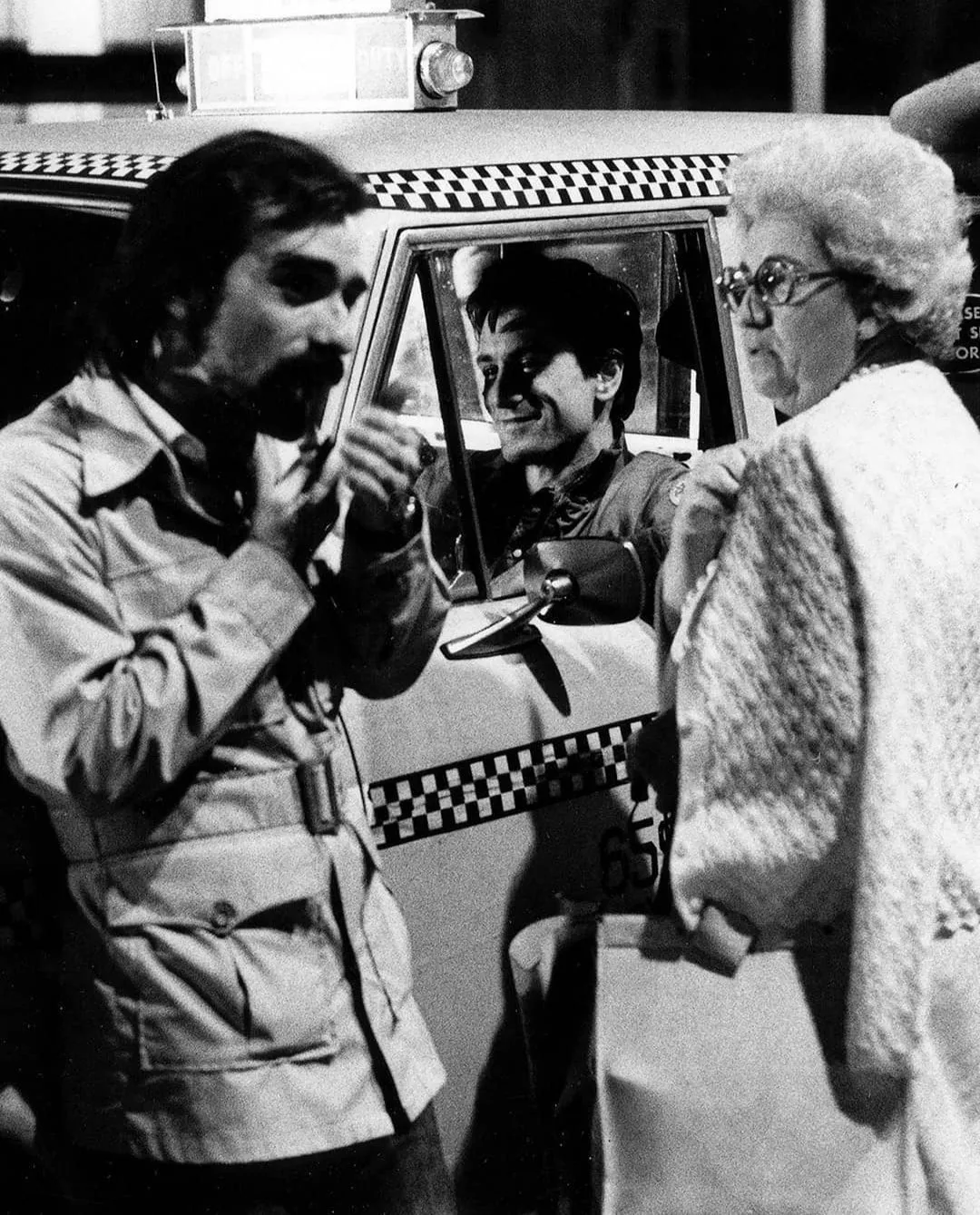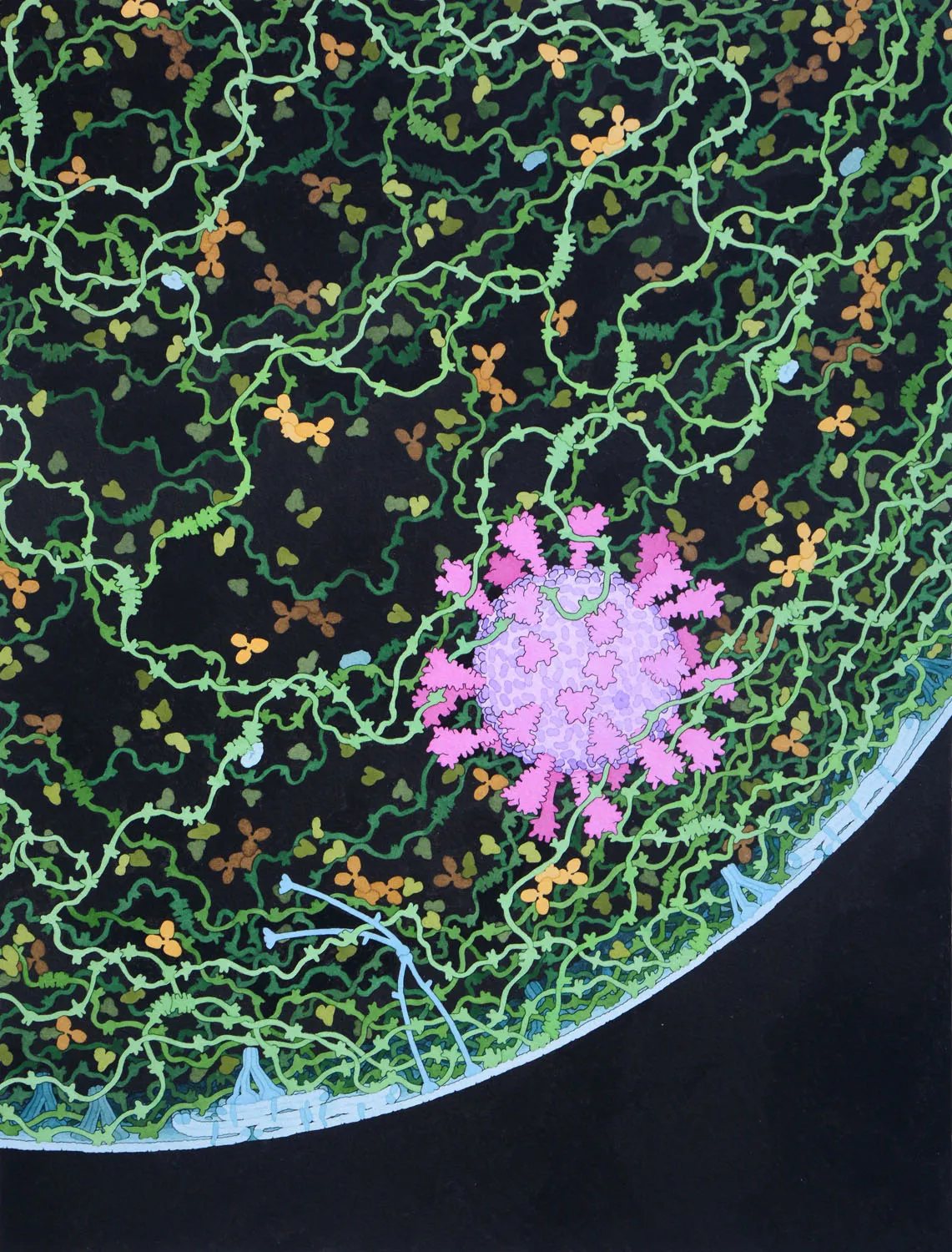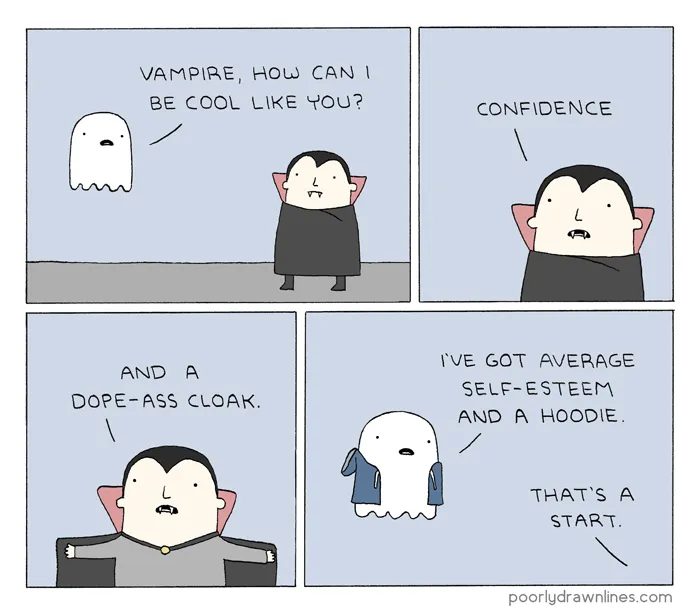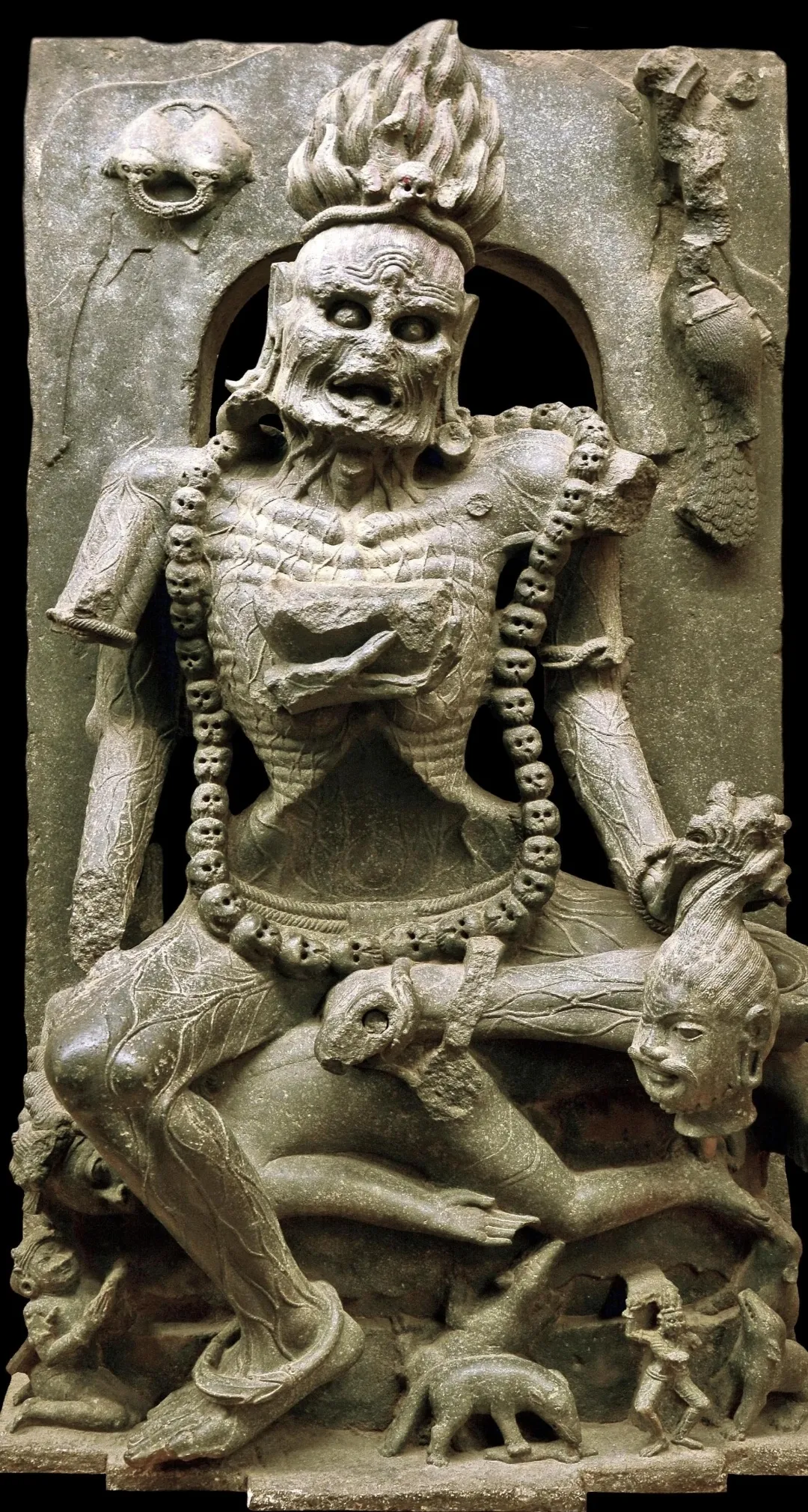2217 Time Zone V (EST) 7 Nov. 1970–NTC-- “Pop’s Place”: I was polishing a brandy snifter when the Unmarried Mother came in. I noted the time—10:17 P. M. zone five, or eastern time, November 7th, 1970. Temporal agents always notice time and date; we must.
The Unmarried Mother was a man twenty–five years old, no taller than I am, childish features and a touchy temper. I didn’t like his looks—I never had—but he was a lad I was here to recruit, he was my boy. I gave him my best barkeep’s smile.
Maybe I’m too critical. He wasn’t swish; his nickname came from what he always said when some nosy type asked him his line: “I’m an unmarried mother.” If he felt less than murderous he would add: “at four cents a word. I write confession stories.”
If he felt nasty, he would wait for somebody to make something of it. He had a lethal style of infighting, like a female cop—reason I wanted him. Not the only one.
He had a load on, and his face showed that he despised people more than usual. Silently I poured a double shot of Old Underwear and left the bottle. He drank it, poured another.
I wiped the bar top. “How’s the ‘Unmarried Mother’ racket?”
His fingers tightened on the glass and he seemed about to throw it at me; I felt for the sap under the bar. In temporal manipulation you try to figure everything, but there are so many factors that you never take needless risks.
I saw him relax that tiny amount they teach you to watch for in the Bureau’s training school. “Sorry,” I said. “Just asking, ‘How’s business?’ Make it ‘How’s the weather?’”
He looked sour. “Business is okay. I write 'em, they print 'em, I eat.”
I poured myself one, leaned toward him. “Matter of fact,” I said, “you write a nice stick—I’ve sampled a few. You have an amazingly sure touch with the woman’s angle.”
It was a slip I had to risk; he never admitted what pen–names he used. But he was boiled enough to pick up only the last: “‘Woman’s angle!’” he repeated with a snort. “Yeah, I know the woman’s angle. I should.”
“So?” I said doubtfully. “Sisters?”
“No. You wouldn’t believe me if I told you.”
“Now, now,” I answered mildly, “bartenders and psychiatrists learn that nothing is stranger than truth. Why, son, if you heard the stories I do—well, you’d make yourself rich. Incredible.”
“You don’t know what ‘incredible’ means!”
“So? Nothing astonishes me. I’ve always heard worse.” He snorted again. “Want to bet the rest of the bottle?”
“I’ll bet a full bottle.” I placed one on the bar.
“Well—” I signaled my other bartender to handle the trade. We were at the far end, a single–stool space that I kept private by loading the bar top by it with jars of pickled eggs and other clutter. A few were at the other end watching the fights and somebody was playing the juke box—private as a bed where we were.
“Okay,” he began, “to start with, I’m a bastard.”
“No distinction around here,” I said.
“I mean it,” he snapped. “My parents weren’t married.”
“Still no distinction,” I insisted. “Neither were mine.”
“When—” He stopped, gave me the first warm look I ever saw on him. “You mean that?”
“I do. A one–hundred–percent bastard. In fact,” I added, “no one in my family ever marries. All bastards.”
“Oh, that.” I showed it to him. “It just looks like a wedding ring; I wear it to keep women off.” It is an antique I bought in 1985 from a fellow operative—he had fetched it from pre–Christian Crete. “The Worm Ouroboros… the World Snake that eats its own tail, forever without end. A symbol of the Great Paradox.”
He barely glanced at it. “If you’re really a bastard, you know how it feels. When I was a little girl—”
“Wups!” I said. “Did I hear you correctly?”
“Who’s telling this story? When I was a little girl—Look, ever hear of Christine Jorgenson? Or Roberta Cowell?”
“Uh, sex–change cases? You’re trying to tell me—”
“Don’t interrupt or swelp me, I won’t talk. I was a foundling, left at an orphanage in Cleveland in 1945 when I was a month old. When I was a little girl, I envied kids with parents. Then, when I learned about sex—and, believe me, Pop, you learn fast in an orphanage—”
“I know”
“—I made a solemn vow that any kid of mine would have both a pop and a mom. It kept me ‘pure,’ quite a feat in that vicinity—I had to learn to fight to manage it. Then I got older and realized I stood darn little chance of getting married—for the same reason I hadn’t been adopted.” He scowled. “I was horse–faced and buck–toothed, flat–chested and straight–haired.”
“You don’t look any worse than I do.”
“Who cares how a barkeep looks? Or a writer? But people wanting to adopt pick little blue–eyed golden–haired morons. Later on, the boys want bulging breasts, a cute face, and an Oh–you–wonderful–male manner.” He shrugged. “I couldn’t compete. So I decided to join the W.E.N.C.H.E.S.”
“Eh?”
“Women’s Emergency National Corps, Hospitality & Entertainment Section, what they now call ‘Space Angels’—Auxiliary Nursing Group, Extraterrestrial Legions.'”
I knew both terms, once I had them chronized. We use still a third name, it’s that elite military service corps: Women’s Hospitality Order Refortifying & Encouraging Spacemen. Vocabulary shift is the worst hurdle in time–jumps—did you know that a ‘service station’ once served oil fractions? Once on an assignment in the Churchill Era, a woman said to me, ‘Meet me at the service station next door’—which is not what it sounds; a ‘service station’ (then) wouldn’t have a bed in it.
He went on: "It was when they first admitted you can’t send men into space for months and years and not relieve the tension. You remember how the wowsers screamed?—that improved my chance, since volunteers were scarce. A gal had to be respectable, preferably virgin (they liked to train them from scratch), above average mentally, and stable emotionally. But most volunteers were old hookers, or neurotics who would crack up ten days off Earth. So I didn’t need looks; if they accepted me, they would fix my buck teeth, put a wave in my hair, teach me to walk and dance and how to listen to a man pleasingly, and everything else—plus training for the prime duties. They would even use plastic surgery if it would help—nothing too good for our Boys.
"Best yet, they made sure you didn’t get pregnant during your enlistment—and you were almost certain to marry at the end of your hitch. Same way today, A.N.G.E.L.S. marry spacers—they talk the language.
"When I was eighteen I was placed as a ‘mother’s helper’. This family simply wanted a cheap servant, but I didn’t mind as I couldn’t enlist till I was twenty–one. I did housework and went to night school—pretending to continue my high school typing and shorthand but going to a charm class instead, to better my chances for enlistment.
“Then I met this city slicker with his hundred–dollar bills.” He scowled. "The no–good actually did have a wad of hundred–dollar bills. He showed me one night, told me to help myself.
"But I didn’t. I liked him. He was the first man I ever met who was nice to me without trying games with me. I quit night school to see him oftener. It was the happiest time of my life.
“Then one night in the park the games began.”
He stopped. I said, “And then?”
“And then nothing! I never saw him again. He walked me home and told me he loved me—and kissed me good—night and never came back.” He looked grim. “If I could find him, I’d kill him!”
“Well,” I sympathized, “I know how you feel. But killing him—just for doing what comes naturally—hmm… Did you struggle?”
“Huh? What’s that got to do with it?”
“Quite a bit. Maybe he deserves a couple of broken arms for running out on you, but—”
"He deserves worse than that! Wait till you hear. Somehow I kept anyone from suspecting and decided it was all for the best. I hadn’t really loved him and probably would never love anybody—and I was more eager to join the W.E.N.C.H.E.S. than ever. I wasn’t disqualified, they didn’t insist on virgins. I cheered up.
“It wasn’t until my skirts got tight that I realized.”
“Pregnant?”
"He had me higher 'n a kite! Those skinflints I lived with ignored it as long as I could work—then kicked me out, and the orphanage wouldn’t take me back. I landed in a charity ward surrounded by other big bellies and trotted bedpans until my time came.
"One night I found myself on an operating table, with a nurse saying, ‘Relax. Now breathe deeply.’
"I woke up in bed, numb from the chest down. My surgeon came in. ‘How do you feel?’ he says cheerfully.
"‘Like a mummy.’
"‘Naturally. You’re wrapped like one and full of dope to keep you numb. You’ll get well—but a Cesarean isn’t a hangnail.’
"‘Cesarean’ I said. ‘Doc—did I lose the baby?’
"‘Oh, no. Your baby’s fine.’
"Oh. Boy or girl?
"‘A healthy little girl. Five pounds, three ounces.’
"I relaxed. It’s something, to have made a baby. I told myself I would go somewhere and tack ‘Mrs.’ on my name and let the kid think her papa was dead—no orphanage for my kid!
"But the surgeon was talking. ‘Tell me, uh—’ He avoided my name. ‘did you ever think your glandular setup was odd?’
"I said, ‘Huh? Of course not. What are you driving at?’
"He hesitated. 'I’ll give you this in one dose, then a hypo to let you sleep off your jitters. You’ll have ‘em.’
"‘Why?’ I demanded.
"‘Ever hear of that Scottish physician who was female until she was thirty five? —then had surgery and became legally and medically a man? Got married. All okay.’
"‘What’s that got to do with me?’
"‘That’s what I’m saying. You’re a man.’
"I tried to sit up. ‘What?’
"‘Take it easy. When I opened you, I found a mess. I sent for the Chief of Surgery while I got the baby out, then we held a consultation with you on the table—and worked for hours to salvage what we could. You had two full sets of organs, both immature, but with the female set well enough developed for you to have a baby. They could never be any use to you again, so we took them out and rearranged things so that you can develop properly as a man.’ He put a hand on me. ‘Don’t worry. You’re young, your bones will readjust, we’ll watch your glandular balance—and make a fine young man out of you.’
"I started to cry. ‘What about my baby?’
"‘Well, you can’t nurse her, you haven’t milk enough for a kitten. If I were you, I wouldn’t see her—put her up for adoption.’
"‘No!’
"He shrugged. ‘The choice is yours; you’re her mother—well, her parent. But don’t worry now; we’ll get you well first.’
“Next day they let me see the kid and I saw her daily—trying to get used to her. I had never seen a brand–new baby and had no idea how awful they look—my daughter looked like an orange monkey. My feelings changed to cold determination to do right by her. But four weeks later that didn’t mean anything.”
“Eh?”
“She was snatched.”
“‘Snatched?’”
The Unmarried Mother almost knocked over the bottle we had bet. “Kidnapped—stolen from the hospital nursery!” He breathed hard. “How’s that for taking the last a man’s got to live for?”
“A bad deal,” I agreed. “Let’s pour you another. No clues?”
“Nothing the police could trace. Somebody came to see her, claimed to be her uncle. While the nurse had her back turned, he walked out with her.”
“Description?”
“Just a man, with a face–shaped face, like yours or mine.” He frowned. “I think it was the baby’s father. The nurse swore it was an older man but he probably used makeup. Who else would swipe my baby? Childless women pull such stunts—but whoever heard of a man doing it?”
“What happened to you then?”
“Eleven more months of that grim place and three operations. In four months I started to grow a beard; before I was out I was shaving regularly… and no longer doubted that I was male.” He grinned wryly. “I was staring down nurses necklines.”
“Well,” I said, “seems to me you came through okay. Here you are, a normal man, making good money, no real troubles. And the life of a female is not an easy one.”
He glared at me. “A lot you know about it!”
“So?”
“Ever hear the expression ‘a ruined woman’?”
“Mmm, years ago. Doesn’t mean much today.”
“I was as ruined as a woman can be; that bum really ruined me—I was no longer a woman… and I didn’t know how to be a man.”
“Takes getting used to, I suppose.”
"You have no idea. I don’t mean learning how to dress, or not walking into the wrong rest room; I learned those in the hospital. But how could I live? What job could I get? Hell, I couldn’t even drive a car. I didn’t know a trade; I couldn’t do manual labor—too much scar tissue, too tender.
"I hated him for having ruined me for the W.E.N.C.H.E.S., too, but I didn’t know how much until I tried to join the Space Corps instead. One look at my belly and I was marked unfit for military service. The medical officer spent time on me just from curiosity; he had read about my case.
"So I changed my name and came to New York. I got by as a fry cook, then rented a typewriter and set myself up as a public stenographer—what a laugh! In four months I typed four letters and one manuscript. The manuscript was for Real Life Tales and a waste of paper, but the goof who wrote it sold it.
“Which gave me an idea; I bought a stack of confession magazines and studied them.” He looked cynical. “Now you know how I get the authentic woman’s angle on an unmarried–mother story… through the only version I haven’t sold—the true one. Do I win the bottle?”
I pushed it toward him. I was upset myself, but there was work to do. I said, “Son, you still want to lay hands on that so–and–so?”
His eyes lighted up—a feral gleam.
“Hold it!” I said. “You wouldn’t kill him?”
He chuckled nastily. “Try me.”
“Take it easy. I know more about it than you think I do. I can help you. I know where he is.”
He reached across the bar. “Where is he?”
I said softly, “Let go my shirt, sonny—or you’ll land in the alley and we’ll tell the cops you fainted.” I showed him the sap.
He let go. “Sorry. But where is he?” He looked at me. “And how do you know so much?”
“All in good time. There are records—hospital records, orphanage records, medical records. The matron of your orphanage was Mrs. Fetherage—right? She was followed by Mrs. Gruenstein—right? Your name, as a girl, was ‘Jane’—right? And you didn’t tell me any of this—right?”
I had him baffled and a bit scared. “What’s this? You trying to make trouble for me?”
“No indeed. I’ve your welfare at heart. I can put this character in your lap. You do to him as you see fit—and I guarantee that you’ll get away with it. But I don’t think you’ll kill him. You’d be nuts to—and you aren’t nuts. Not quite.”
He brushed it aside. “Cut the noise. Where is he?” I poured him a short one; he was drunk, but anger was offsetting it. “Not so fast. I do something for you—you do something for me.”
“Uh… what?”
“You don’t like your work. What would you say to high pay, steady work, unlimited expense account, your own boss on the job, and lots of variety and adventure?”
He stared. “I’d say, ‘Get those goddam reindeer off my roof!’ Shove it, Pop—there’s no such job.”
“Okay, put it this way: I hand him to you, you settle with him, then try my job. If it’s not all I claim—well, I can’t hold you.”
He was wavering; the last drink did it. “When d’yuh d’liver 'im?” he said thickly.
He shoved out his hand. “It’s a deal!”
“If it’s a deal—right now!”
I nodded to my assistant to watch both ends, noted the time—2300—started to duck through the gate under the bar—when the juke box blared out: “I’m My Own Grandpaw!” The service man had orders to load it with Americana and classics because I couldn’t stomach the ‘music’ of 1970, but I hadn’t known that tape was in it. I called out, “Shut that off! Give the customer his money back.” I added, “Storeroom, back in a moment,” and headed there with my Unmarried Mother following.
It was down the passage across from the johns, a steel door to which no one but my day manager and myself had a key; inside was a door to an inner room to which only I had a key. We went there.
He looked blearily around at windowless walls. “Where is he?”
“Right away.” I opened a case, the only thing in the room; it was a U. S. F. F. Coordinates Transformer Field Kit, series 1992, Mod. II—a beauty, no moving parts, weight twenty–three kilos fully charged, and shaped to pass as a suitcase. I had adjusted it precisely earlier that day; all I had to do was to shake out the metal net which limits the transformation field.
Which I did. “What’s that?” he demanded.
“Time machine,” I said and tossed the net over us.
“Hey!” he yelled and stepped back. There is a technique to this; the net has to be thrown so that the subject will instinctively step back onto the metal mesh, then you close the net with both of you inside completely—else you might leave shoe soles behind or a piece of foot, or scoop up a slice of floor. But that’s all the skill it takes. Some agents con a subject into the net; I tell the truth and use that instant of utter astonishment to flip the switch. Which I did.
1030–VI–3 April 1963—Cleveland, Ohio–Apex Bldg.: “Hey!” he repeated. “Take this damn thing off!”
“Sorry”, I apologized and did so, stuffed the net into the case, closed it. “You said you wanted to find him.”
“But—you said that was a time machine!”
I pointed out a window. “Does that look like November? Or New York?” While he was gawking at new buds and spring weather, I reopened the case, took out a packet of hundred–dollar bills, checked that the numbers and signatures were compatible with 1963. The Temporal Bureau doesn’t care how much you spend (it costs nothing) but they don’t like unnecessary anachronisms. Too many mistakes, and a general court–martial will exile you for a year in a nasty period, say 1974 with its strict rationing and forced labor. I never make such mistakes; the money was okay.
He turned around and said, “What happened?”
“He’s here. Go outside and take him. Here’s expense money.” I shoved it at him and added, “Settle him, then I’ll pick you up.”
Hundred–dollar bills have a hypnotic effect on a person not used to them. He was thumbing them unbelievingly as I eased him into the hall, locked him out. The next jump was easy, a small shift in era.
7100–VI–10 March 1964—Cleveland–Apex Bldg.: There was a notice under the door saying that my lease expired next week; otherwise the room looked as it had a moment before. Outside, trees were bare and snow threatened; I hurried, stopping only for contemporary money and a coat, hat, and topcoat I had left there when I leased the room. I hired a car, went to the hospital. It took twenty minutes to bore the nursery attendant to the point where I could swipe the baby without being noticed. We went back to the Apex Building. This dial setting was more involved, as the building did not yet exist in 1945. But I had precalculated it.
0100–VI–20 Sept. 1945—Cleveland–Skyview Motel: Field kit, baby, and I arrived in a motel outside town. Earlier I had registered as “Gregory Johnson, Warren, Ohio,” so we arrived in a room with curtains closed, windows locked, and doors bolted, and the floor cleared to allow for waver as the machine hunts. You can get a nasty bruise from a chair where it shouldn’t be—not the chair, of course, but backlash from the field.
No trouble. Jane was sleeping soundly; I carried her out, put her in a grocery box on the seat of a car I had provided earlier, drove to the orphanage, put her on the steps, drove two blocks to a ‘service station’ (the petroleum–products sort) and phoned the orphanage, drove back in time to see them taking the box inside, kept going and abandoned the car near the motel—walked to it and jumped forward to the Apex Building in 1963.
2200–VI–24 April 1963—Cleveland–Apex Bldg.: I had cut the time rather fine—temporal accuracy depends on span, except on return to zero. If I had it right, Jane was discovering, out in the park this balmy spring night, that she wasn’t quite as nice a girl as she had thought. I grabbed a taxi to the home of those skinflints, had the hackie wait around a comer while I lurked in shadows.
Presently I spotted them down the street, arms around each other. He took her up on the porch and made a long job of kissing her good–night—longer than I thought. Then she went in and he came down the walk, turned away. I slid into step and hooked an arm in his. “That’s all, son,” I announced quietly. “I’m back to pick you up.”
“You!” He gasped and caught his breath.
“Me. Now you know who he is—and after you think it over you’ll know who you are… and if you think hard enough, you’ll figure out who the baby is… and who I am.”
He didn’t answer, he was badly shaken. It’s a shock to have it proved to you that you can’t resist seducing yourself. I took him to the Apex Building and we jumped again.
2300–VIII, 12 Aug. 1985–Sub Rockies Base: I woke the duty sergeant, showed my I. D., told the sergeant to bed my companion down with a happy pill and recruit him in the morning. The sergeant looked sour, but rank is rank, regardless of era; he did what I said—thinking, no doubt, that the next time we met he might be the colonel and I the sergeant. Which can happen in our corps. “What name?” he asked.
I wrote it out. He raised his eyebrows. “Like so, eh? Hmm—”
“You just do your job, Sergeant.” I turned to my companion.
“Son, your troubles are over. You’re about to start the best job a man ever held—and you’ll do well. I know.”
“That you will!” agreed the sergeant. “Look at me—born in 1917—still around, still young, still enjoying life.” I went back to the jump room, set everything on preselected zero.
2301–V–7 Nov. 1970–NYC—“Pop’s Place”: I came out of the storeroom carrying a fifth of Drambuie to account for the minute I had been gone. My assistant was arguing with the customer who had been playing “I’m My Own Grand–paw!” I said, “Oh, let him play it, then unplug it.” I was very tired.
It’s rough, but somebody must do it, and it’s very hard to recruit anyone in the later years, since the Mistake of 1972. Can you think of a better source than to pick people all fouled up where they are and give them well–paid, interesting (even though dangerous) work in a necessary cause? Everybody knows now why the Fizzle War of 1963 fizzled. The bomb with New York’s number on it didn’t go off, a hundred other things didn’t go as planned—all arranged by the likes of me.
But not the Mistake of '72; that one is not our fault—and can’t be undone; there’s no paradox to resolve. A thing either is, or it isn’t, now and forever amen. But there won’t be another like it; an order dated ‘1992’ takes precedence any year.
I closed five minutes early, leaving a letter in the cash register telling my day manager that I was accepting his offer to buy me out, to see my lawyer as I was leaving on a long vacation. The Bureau might or might not pick up his payments, but they want things left tidy. I went to the room in the back of the storeroom and forward to 1993.
2200–VII-- 12 Jan 1993–Sub Rockies Annex–HQ Temporal DOL: I checked in with the duty officer and went to my quarters, intending to sleep for a week. I had fetched the bottle we bet (after all, I won it) and took a drink before I wrote my report. It tasted foul, and I wondered why I had ever liked Old Underwear. But it was better than nothing; I don’t like to be cold sober, I think too much. But I don’t really hit the bottle either; other people have snakes—I have people.
I dictated my report; forty recruitments all okayed by the Psych Bureau—counting my own, which I knew would be okayed. I was here, wasn’t I? Then I taped a request for assignment to operations; I was sick of recruiting. I dropped both in the slot and headed for bed. My eye fell on ‘The By–Laws of Time,’ over my bed:
-
Never Do Yesterday What Should Be Done Tomorrow.
-
If at Last You Do Succeed, Never Try Again.
-
A Stitch in Time Saves Nine Billion.
-
A Paradox May Be Paradoctored.
-
It Is Earlier When You Think.
-
Ancestors Are Just People.
-
Even Jove Nods.
They didn’t inspire me the way they had when I was a recruit; thirty subjective–years of time–jumping wears you down. I undressed, and when I got down to the hide I looked at my belly. A Cesarean leaves a big scar, but I’m so hairy now that I don’t notice it unless I look for it.
Then I glanced at the ring on my finger.
The Snake That Eats Its Own Tail, Forever and Ever. I know where I came from—but where did all you zombies come from?
I felt a headache coming on, but a headache powder is one thing I do not take. I did once—and you all went away.
So I crawled into bed and whistled out the light.
You aren’t really there at all. There isn’t anybody but me—Jane—here alone in the dark.
I miss you dreadfully!
